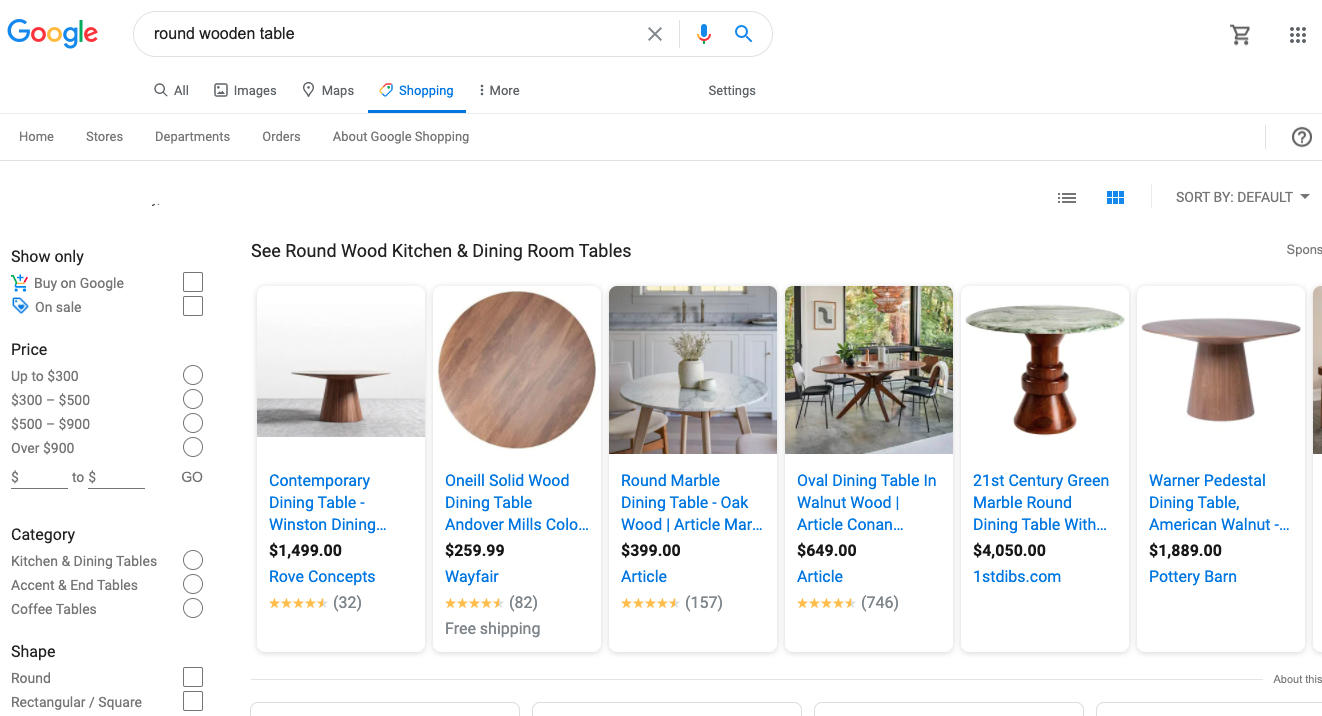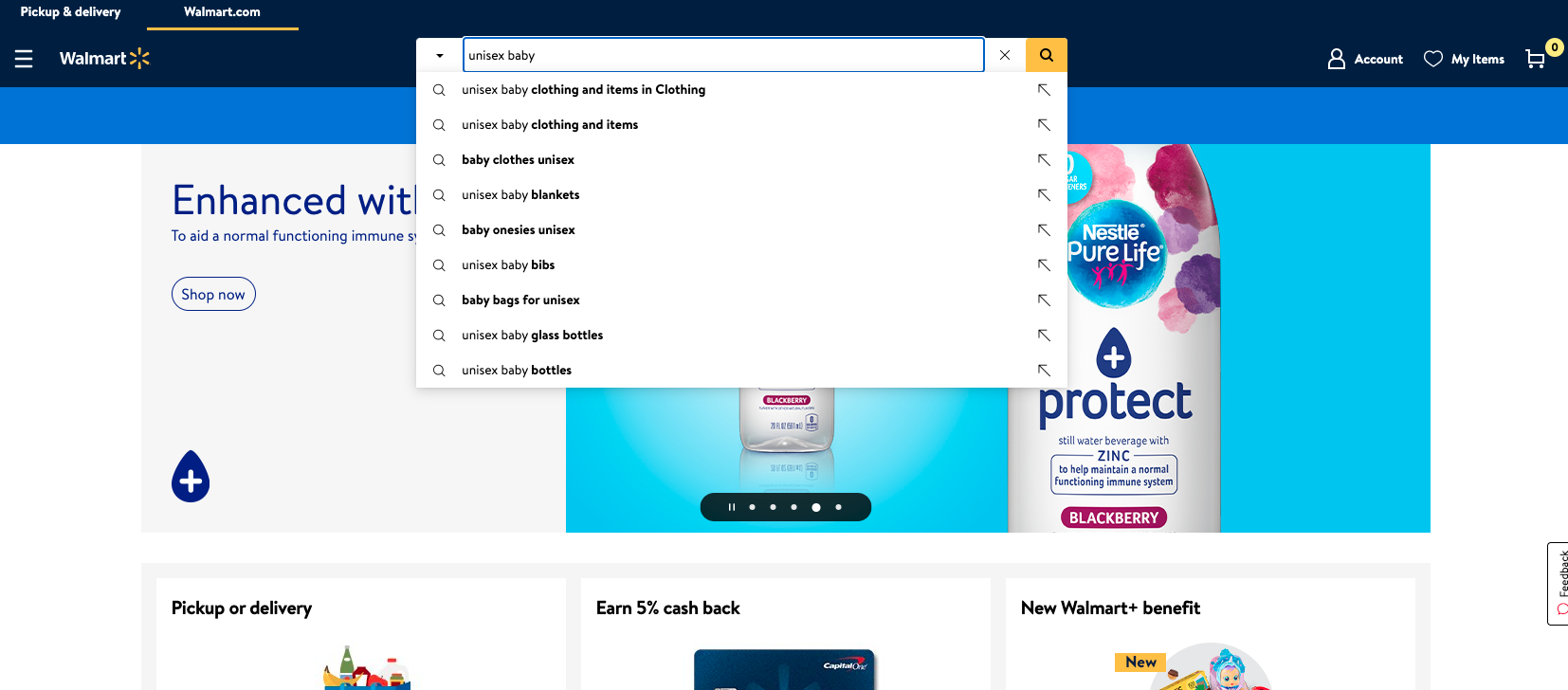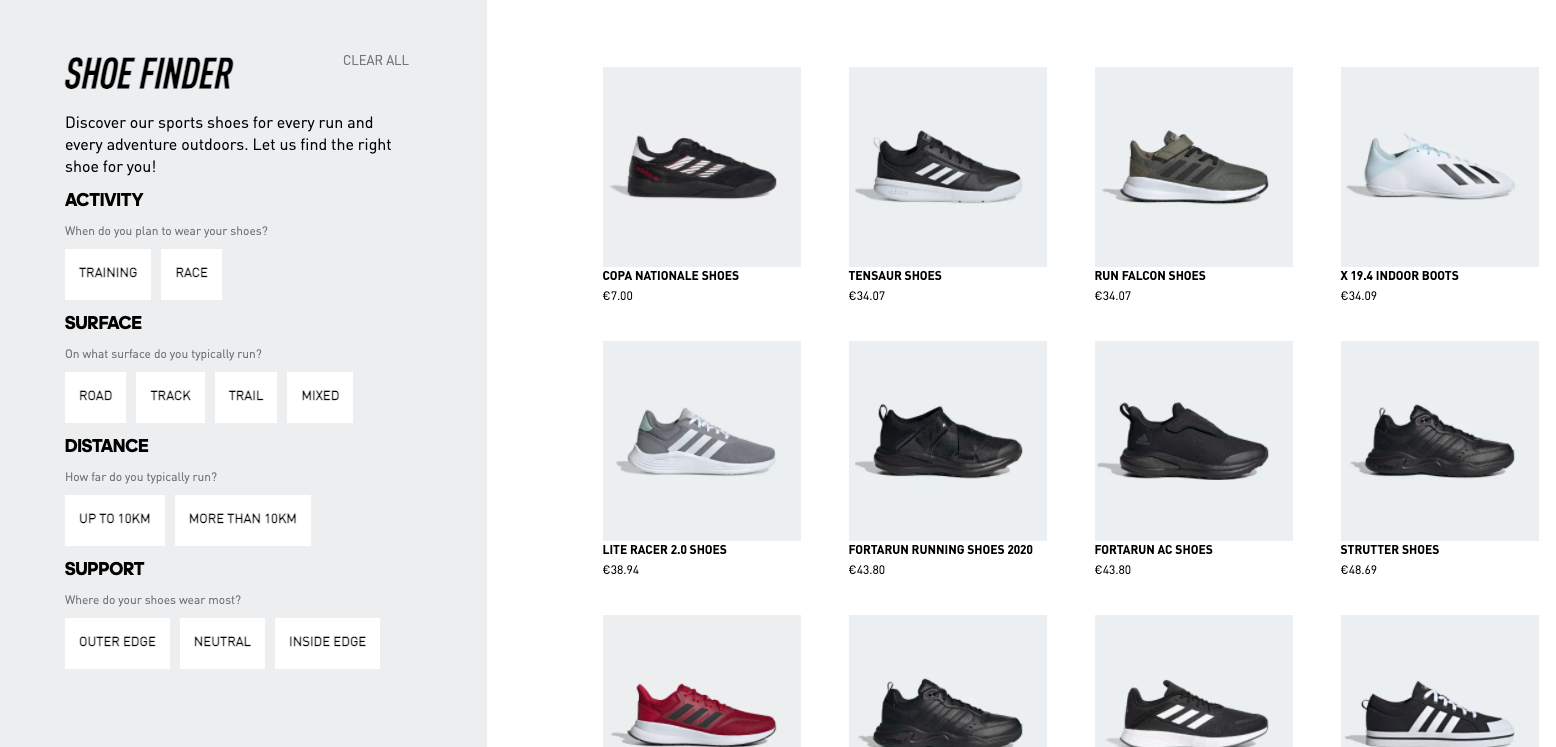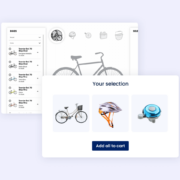Estimates show that by the year 2040, e-commerce will account for 95% of all shopping. Given the recent growth, that doesn’t sound too far-fetched, does it?
But here’s the sad truth. These are remarkable developments. Yet, most ecommerce businesses are leaving money on the table.
Most e-commerce businesses focus on search. They have a search bar on their e-commerce store and assume that that’s enough for their customers.
Except it isn’t.
A focus on search assumes that the customer knows what they want exactly.
The reality is that most customers don’t know what they want until you show it to them.
Moreover, ecommerce search isn’t built to drive product discovery. Thus, customers may not find what they’re looking for.
The result?
Customers walk away due to a poor customer experience.
When customers don’t find what they want, they quickly leave your e-comm business. Even worse, they’re not likely to be back.
So what’s the secret to higher revenues and a better customer experience?
That’s easy. Enhance your product search and discovery.
So what exactly is the difference between search and search and discovery?
Let’s find out.
The Search vs. Search and Discovery Puzzle Solved
In an ecommerce search, the customer uses a search term or phrase to find what they are looking for.
For example, a customer may type the search term “Round wooden table.” The ecommerce search engine then attempts to find a product matching that description.

This process sounds simple enough, doesn’t it?
Well, that’s complicated.
The downside to this simplicity is that this process doesn’t always work.
For example, when there are too many items to choose from or an exact match isn’t available. Moreover, this process can be frustrating when users aren’t sure about what they want.
So, what’s the alternative?
Consider search and discovery.
Search, and discovery involve the process of e-commerce search with added benefits.
Product search and discovery provide the user with contextual results. These are extra results based on related items.
Also, search and discovery may consider previous purchases and other personalized information. Personalized information includes the searcher’s age and prior visits to the site.
This process provides solutions your customer may not have known they needed. The user finds what they need while feeling known and understood by your business.
Isn’t this a good thing for your e-comm business?
You bet.
Let’s explore ways you can improve product search and discovery in your business.
5 Ways To Improve Product Search Discovery
#1: Search Bar- With Autocomplete Options
The search bar is the point of discovery for users of your site. Without a search bar, product search discovery would be challenging.
Also, most users would skip your site in favor of your competitors.
So how do you stay ahead of the competition while keeping your site users happy?
Have a search bar with auto-complete options.
Think about how Google works. When you type in a query, more suggestions appear as well as popular searches.
Why should your site mimic how Google works? Because it works.

The autocomplete process ensures users on your site are more likely to find what they want. The autocomplete process is also known as predictive search.
This process uses context to predict what users want. It also manages common typing errors with intelligent guesses. It caters to the user’s intent and leverages semantic search.
What does this mean for your ecommerce business?
More money.
Data shows that autocomplete can boost sales and conversions by as much as 24 percent.
#2: Optimized Navigation Options
Product search and discovery need to consider intuitive navigation options. Product search and discovery should have browsing experiences that work — without the search bar.
What does this look like?
Think about Netflix.
Based on user preferences, Netflix provides a discovery-based experience.
If users don’t like the suggested options, they can still use the search bar to find what they want.
How does this fit into the e-commerce perspective?
A navigational search helps users find desired products faster. This process would involve offering browsing pages with related terms grouped.
For example, consider a bookstore that sells art supplies. Art supplies such as paints, brushes, and unique paper would be in one category.
The ecomm site would also have a ‘discover’ navigation option. Both methods would provide users with a discovery experience. Site visitors may make exciting purchases they may not have considered before.
Optimized navigation options allow customers to find products quickly. Thus, ecommerce businesses can offer a positive customer experience.
In fact, sites with lackluster product list usability within their navigation see abandonment rates of 67-90%. For e-commerce sites with even slightly tweaked and optimized product listing and filtering see 17-33% abandonment for users trying to find the exact same products. Baymard Institute states this improves leads and conversion by 400%.
#3: Leverage Search Filters And Facets
Search filters enable users on your site to narrow down search results to what they’re looking for. Facets ensure only filters that match the search results are available to the user.
So, why does this count?
Search filters and facets lead to a faster discovery experience. Moreover, they prevent the occurrence of the “no results page’.

To leverage search filters and facets, make your product attributes as rich as possible.
Tag your products with as many attributes as possible that make sense for their category. These attributes are your tags for color, height, width, length, or brand per product.
Furthermore, ensure that all these attributes are sortable and filterable. This aspect enables your customers to narrow down their search quickly. Narrowing down the search lets your customers find what they’re looking for faster.
The result? A positive customer experience for your users.
#4: Personalized Recommendations
Consider using personalized recommendations.
Most shoppers would choose or pay more for a brand that provides personalized experiences.
That’s good news for your business.
Visual search can also give personalized results.
In this scenario, the customer selects the parts of a product they prefer. The site then finds the products with the best combination of their needs.

Interesting, isn’t it?
Personalized recommendations provide search results that allow users to identify what they want faster.
These recommendations usually include critical user data such as past search history, location, and demographics.
Recommendations offer an opportunity for ecommerce businesses. They can show sponsored results and items with high margins.
#5: Business Ranking And Merchandising
Your business can offer users items they’re most likely to act on.
For example, your site can customize rankings based on product popularity, newness, or availability.
You may also consider ranking items based on your business ranking. Search results can rank products that would be most profitable to the business.
The business ranking makes way for merchandising. Your site can pin products that may be part of a promotion. You also have the option of hiding items from results.
The result?
Your e-comm business can focus on the products that provide higher revenues quickly.
Enhance product search and discovery with AI-powered solutions
It’s time to take advantage of the growth in the global ecommerce sector.
How?
Enhance your ecommerce product search and discovery.
Without an optimized product search and discovery, you’re leaving money on the table.
Keep customers coming back to your business.
It’s time to leverage AI-powered solutions.


